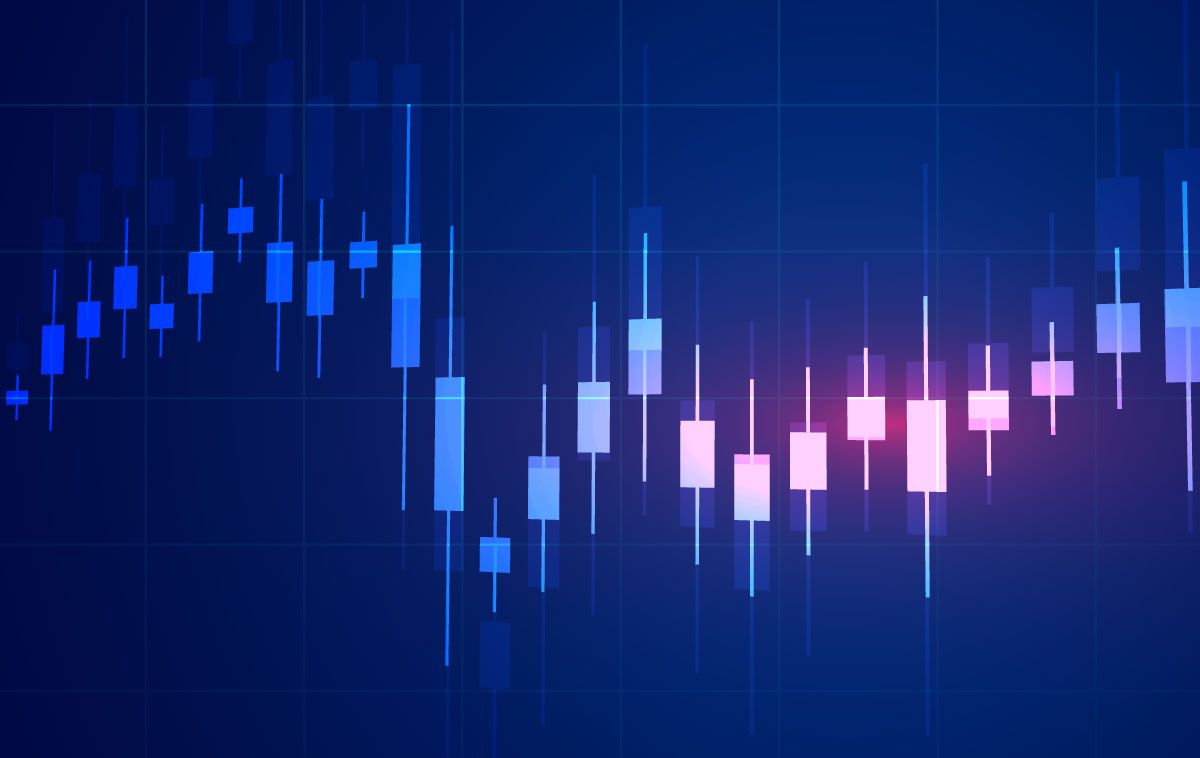When you start trading, it is important to understand two critical concepts – margin and leverage. Understanding these terms will help you make informed decisions while trading and avoid costly mistakes.
What is Margin?
Margin refers to the amount of money or collateral that a trader needs to deposit in their account to open and maintain a trading position. The Borderline requirements vary depending on the asset being traded and the broker’s policies.
It is essentially a good faith deposit that the trader puts down to ensure that they can cover potential losses. When you trade on Margin line, you are borrowing money from the broker to open a larger position than you could with your own capital. The margin acts as a form of security or insurance against potential losses.
Margin requirements are typically expressed as a percentage of the total value of the position. For example, if the margin requirement is 10%, and you want to open a $10,000 position, you would need to deposit $1,000 in margin.
It is important to note that trading on margin magnifies both potential gains and losses. While Margin can increase your profits, it can also wipe out your trading account if you are not careful. Always use stop-loss orders to limit your risk exposure and never risk more than you can afford to lose.
What is Leverage?
Leverage refers to the amount of capital that you can control with a smaller amount of your own money. It is expressed as a ratio and varies depending on the asset being traded and the broker’s policies.
Borrowing power can help you open larger positions with less capital, potentially increasing trader profits. For example, if you have a leverage ratio of 1:100, you can control $10,000 worth of assets with just $100 of your own money.
However, Margin trading can also magnify your losses, just like margin. If the market moves against your position, your losses can exceed your initial investment. It is important to use leverage wisely and always have a risk management strategy in place. It is also crucially important to only use an account type that has zero balance protection.
The Risks of Trading on Margin and Leverage
Trading on margin and leverage carries significant risks, including the possibility of losing more than your initial investment. While Brink and Debt financing can increase your potential profits, they can also amplify your losses.
It is crucial to have a solid understanding of these concepts before you start trading with real money. Always have a risk management plan in place, and never risk more than you can afford to lose.
Margin and leverage are powerful tools that can help you achieve your trading objectives, but they should be used with caution. Always educate yourself, manage your risks, and stay disciplined to excel in trading.
Conclusion
Margin and leverage are critical concepts that every trader should understand. While they can be powerful tools to increase your gains, they can also magnify your losses if not used correctly. Always have a risk management plan in place and educate yourself before you start trading with real money.
If you want to learn more about trading and how to improve your skills, there are many educational resources available online. Keep learning and practicing, and you will be on your way to becoming a successful trader. Be sure to continue your education and stay up-to-date on market trends. Remember to always use caution and risk management strategies when trading on margin and leverage.
